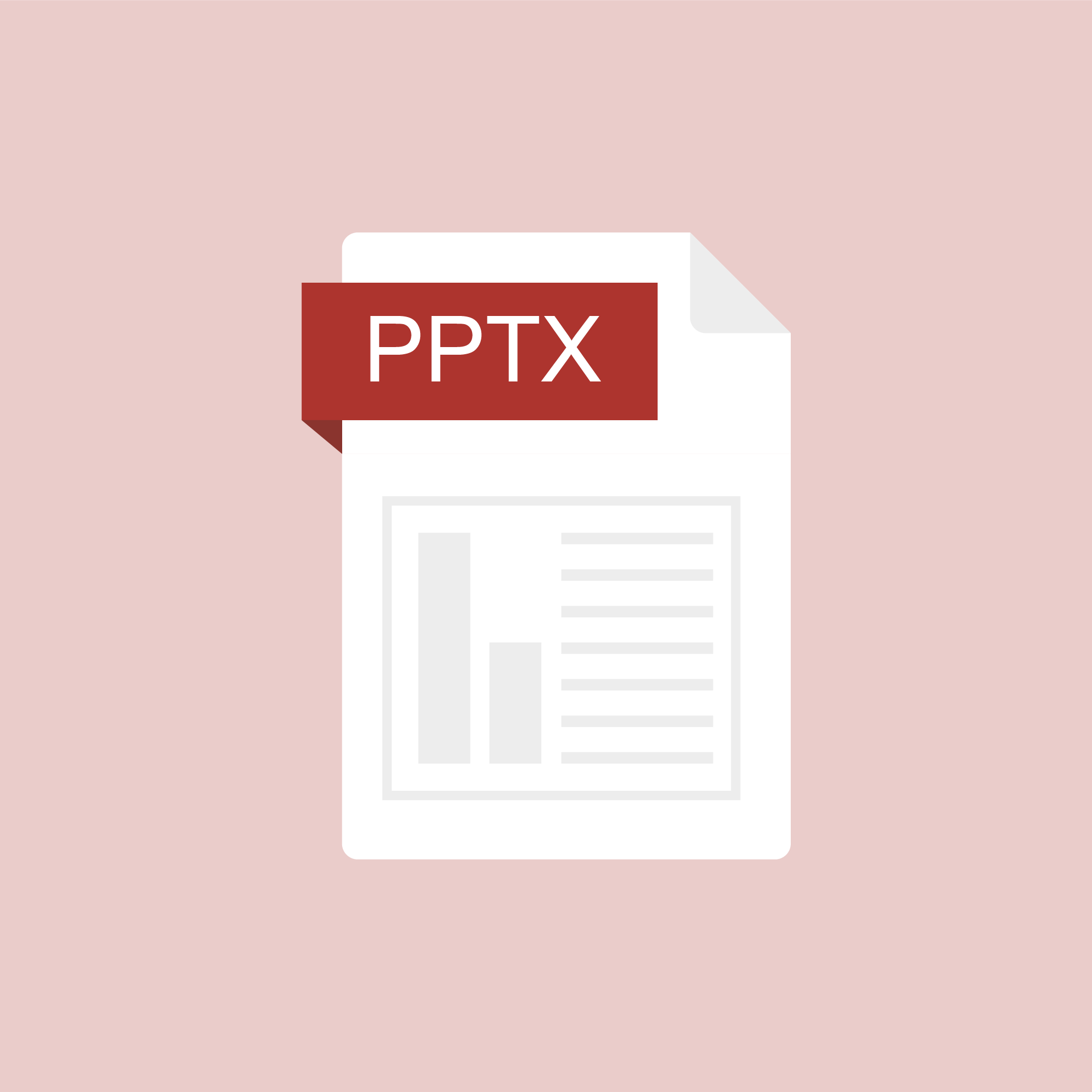Results for "adhd"
14 Results
No. 2: Reckless Driving and Traffic Accidents
ADHD makes it hard to keep your attention on a task, so spending time behind the wheel of a car can be hard. ADHD symptoms can make some people more likely to speed, have traffic accidents, and lose their driver’s licenses.
No. 3: Marital Trouble
Many people without ADHD have marital problems, so a troubled marriage shouldn’t necessarily be seen as a red flag for adult ADHD. But there are some marriage problems that are likely to affect the relationships of those with ADHD. Often, the partners of people with undiagnosed ADHD take poor listening skills and an inability to honor commitments as a sign that their partner doesn’t care. If you’re the person with ADHD, you may not understand why your partner is upset, and you may feel you’re being nagged or blamed for something that’s not your fault.
By:
Jessica
Tuesday, Apr 1, 2025
SCIENCE, TECHNOLOGY AND INNOVATION

Leave a comment
ADHD is a problem with attention, so adult ADHD can make it hard to succeed in today’s fast-paced, hustle-bustle world. Many people find that distractibility can lead to a history of career under-performance, especially in noisy or busy offices. If you have adult ADHD, you might find that phone calls or email derail your attention, making it hard for you to finish tasks.
No. 5: Poor Listening Skills
Do you zone out during long business meetings? Did your husband forget to pick up your child at baseball practice, even though you called to remind him on his way home? Problems with attention result in poor listening skills in many adults with ADHD, leading to a lot of missed appointments and misunderstandings.
By:
Edwin Castel
Monday, Mar 10, 2025
WATER, ENERGY, AND THE ENVIRONMENT
Leave a comment
ADHD is one of the most prevalent psychiatric illnesses of young people in America. A recent study showed that ADHD diagnosis has gone up 43 percent from 2003 to 2011. The study was not designed to look at the underlying reasons for such changes in prevalence, however it could be the result of a tendency to over-diagnose the situation. “There has definitely been an upward trend in diagnosed ADHD cases. If the condition is over-diagnosed and the stimulant to correct the condition is taken casually, then treatment won’t be durable and it could ignore other problems in their environment that are the actual stressors, like: internal worries, home conflicts and learning disorders.” -Cabrera.
By:
Edwin Castel
Wednesday, Mar 19, 2025
YOUTH EMPOWERMENT
Leave a comment
In order for & student to be diagnosed with ADHD, symptoms must appear before age 12 and be exhibited across at least two settings. They must also have adverse effects on academic performance, occupational success, or social-emotional development (APA, 2013).
To add to the complexity of the diagnosis, children with ADHD are likely to have co-existing emotional, behavioral, developmental, learning, or physical conditions (Wolraich & DuPaul, 2010).
By:
Edwin Castel
Wednesday, Dec 18, 2024
WATER, ENERGY, AND THE ENVIRONMENT
Leave a comment
To add to the complexity of the diagnosis, children with ADHD are likely to have co-existing emotional, behavioral, developmental, learning, or physical conditions (Wolraich & DuPaul, 2010).
By:
Edwin Castel
Friday, Sep 20, 2024
YOUTH EMPOWERMENT
Leave a comment
ADHD is one of the most commonly diagnosed conditions of children (Centers for Disease
Control and Prevention, 2015).
In a 2016 Centers for Disease Control and Prevention study, scientists found that 6.1 million children aged 2-17 years living in the U.S. had been diagnosed with attention-deficit/hyperactivity disorder (ADHD), which is similar to previous en
Ages 6-11: Approximately 2.4 million children
Ages 12-17: Approximately 3.3 million children
The diagnostic term attention deficit/hyperactivity disorder (ADHD) refers to individuals who display patterns of inattention, impulsivity, and overactive behavior that interfere with daily functioning (American Psychiatric Association [APA], 2013).
By:
Anne miller New vijayalaxmi santosh mhetre mali
Tuesday, Sep 10, 2024
CULTURE AND SOCIETY

Leave a comment
Almost all children have times when their attention or behavior veers out of control. However, for some children, these types of behaviors are more than an occasional problem. Children with attention-deficit/hyperactivity disorder (ADHD) have behavior problems that are so frequent and severe that they interfere with their ability to function adequately on a daily basis.
By:
Umesha
Monday, Aug 19, 2024
SCIENCE, TECHNOLOGY AND INNOVATION
Leave a comment
The diagnostic term attention deficit/hyperactivity disorder (ADHD) refers to individuals who display patterns of inattention, impulsivity, and overactive behavior that interfere with daily functioning (American Psychiatric Association [APA], 2013).
The Diagnostic and Statistical Manual (DSM) V (APA, 2013) criteria for diagnosing ADHD list
three types of ADHD and the accompanying characteristics.
Predominantly inattentive type.
The student may:
o submit inaccurate or incomplete work,
o have difficulty attending to conversations, activities, or tasks,
o be easily distracted,
o have difficulty following directions,
o frequently lose materials, and/or
o have difficulty organizing tasks and materials.
Predominantly hyperactive/impulsive type.
The diagnostic term attention deficit/hyperactivity disorder (ADHD) refers to individuals who display patterns of inattention, impulsivity, and overactive behavior that interfere with daily functioning (American Psychiatric Association [APA], 2013).
The Diagnostic and Statistical Manual (DSM) V (APA, 2013) criteria for diagnosing ADHD list
three types of ADHD and the accompanying characteristics.
Predominantly inattentive type.
The student may:
o submit inaccurate or incomplete work,
o have difficulty attending to conversations, activities, or tasks,
o be easily distracted,
o have difficulty following directions,
o frequently lose materials, and/or
o have difficulty organizing tasks and materials.
Predominantly hyperactive/impulsive type.
By:
Jyoti
Wednesday, Apr 13, 2022
AGRI-FOOD SYSTEMS
Leave a comment
The diagnostic term attention deficit/hyperactivity disorder (ADHD) refers to individuals who display patterns of inattention, impulsivity, and overactive behavior that interfere with daily functioning (American Psychiatric Association [APA], 2013).
The Diagnostic and Statistical Manual (DSM) V (APA, 2013) criteria for diagnosing ADHD list
three types of ADHD and the accompanying characteristics.
Predominantly inattentive type.
The student may:
o submit inaccurate or incomplete work,
o have difficulty attending to conversations, activities, or tasks,
o be easily distracted,
o have difficulty following directions,
o frequently lose materials, and/or
o have difficulty organizing tasks and materials.
By:
Anne miller New vijayalaxmi santosh mhetre mali
Wednesday, Jan 19, 2022
CULTURE AND SOCIETY
Leave a comment
The diagnostic term attention deficit/hyperactivity disorder (ADHD) refers to individuals who display patterns of inattention, impulsivity, and overactive behavior that interfere with daily functioning (American Psychiatric Association [APA], 2013).
The Diagnostic and Statistical Manual (DSM) V (APA, 2013) criteria for diagnosing ADHD list
three types of ADHD and the accompanying characteristics.
Predominantly inattentive type.
The student may:
o submit inaccurate or incomplete work,
o have difficulty attending to conversations, activities, or tasks,
o be easily distracted,
o have difficulty following directions,
o frequently lose materials, and/or
o have difficulty organizing tasks and materials.
By:
Rani Hazal
Friday, Jun 11, 2021
AGRI-FOOD SYSTEMS
+4

Leave a comment
Many students with ADHD have significant difficulties with organization.
They are more likely to respond positively when teachers establish class routines and set procedures and maintain a well-organized learning environment.
Clear rules and advanced planning are keys to success for teachers of students with ADHD.
The following organizational supports are particularly useful. Students should be taught to use these tools through teacher modeling and guided practice with feedback before being expected to use them more independently.
By:
Harry Nomes
Thursday, May 27, 2021
WATER, ENERGY, AND THE ENVIRONMENT

Leave a comment
Many students with ADHD have significant difficulties with organization.
They are more likely to respond positively when teachers establish class routines and set procedures and maintain a well-organized learning environment.
Clear rules and advanced planning are keys to success for teachers of students with ADHD.
The following organizational supports are particularly useful. Students should be taught to use these tools through teacher modeling and guided practice with feedback before being expected to use them more independently.
By:
Harry Nomes
Thursday, May 27, 2021
EDUCATION



Leave a comment